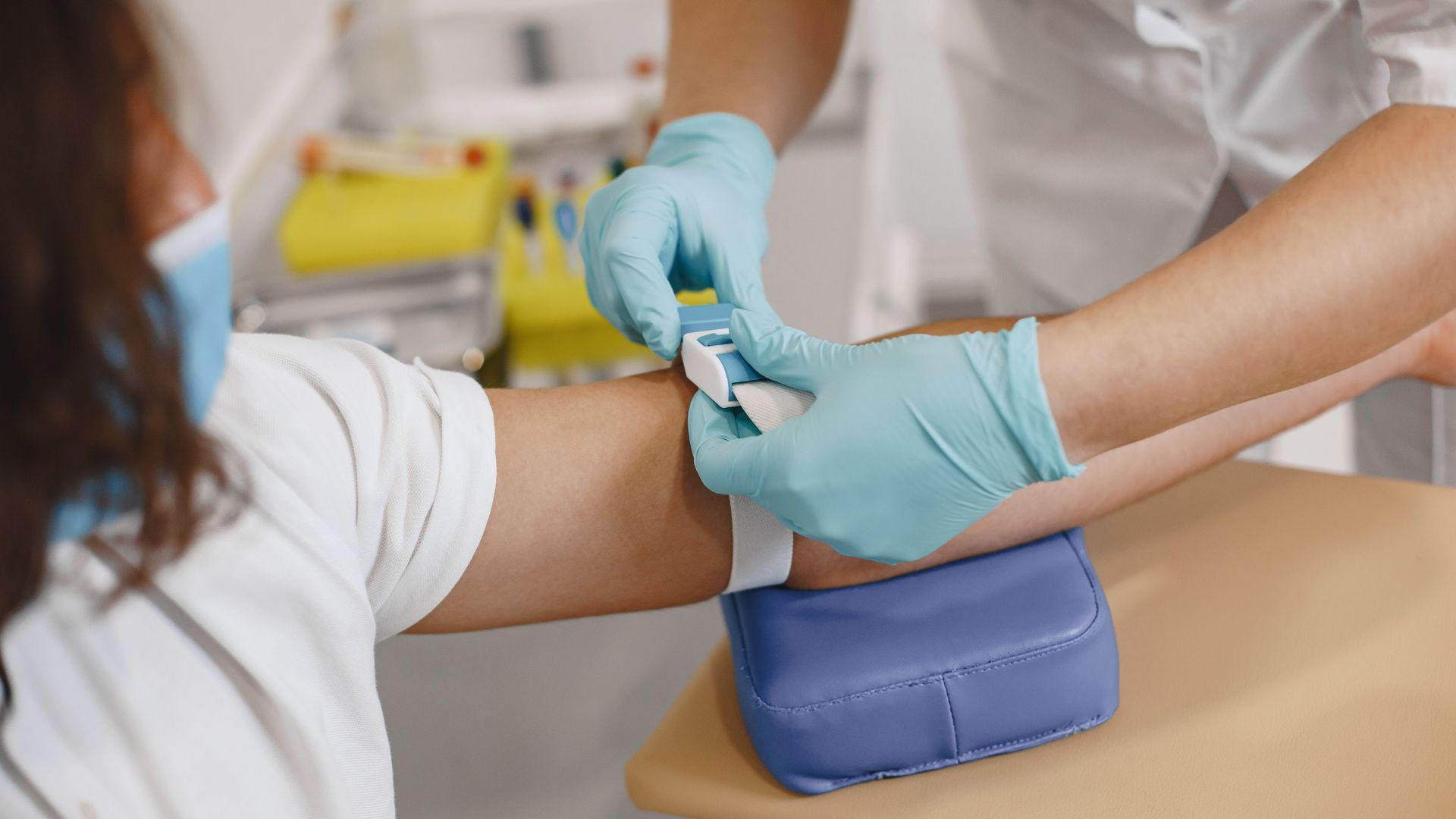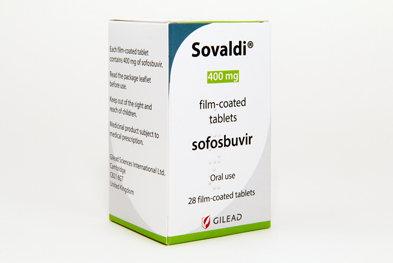AneVivo produced by Anecova, created and provided by our partner Dr Pascal Mock, restores fertilization to the natural environment of the maternal womb using an In Vivo procedure. This technology offers numerous benefits to both the mother and the embryos.
- The mother benefits psychologically by playing an active role in the fertilization of her embryos.
- It is expected that the presence of the embryos in the maternal environment will lead to the mother being better prepared for, and more receptive to, embryo implantation.
- The embryos benefit at the start of their life, during the fertilization and early development, from optimal conditions within the maternal environment. This is expected to optimize the production of highly competent embryos.
The natural development procedures are straightforward using the AneVivo medical device that has been specifically designed to carry gametes, injected or inseminated eggs into the natural physiological environment of the maternal uterine cavity and to allow the possibility for the complete fertilization process and the very early embryo development to occur in vivo.
The physiological process
The culture environment in which the very first stages of embryo development take place is critical.
For in vitro techniques the culture media remains artificial, static and often omits a large number of components that are naturally present in the uterine cavity. More importantly, the laboratory context misses all the biological interactions between the developing embryos and the maternal environment.
By minimizing the impact of artificial culture conditions (e.g., synthetic culture media) on the development of the embryo, the risk of alteration of the embryo by exogenous factors or the absence of important molecules for the regulation of the embryo development should be dramatically reduced.
Anecova’s innovative approach places injected or inseminated eggs in the maternal uterine cavity during fertilization and very early development stages, so that the embryo can benefit from the mother’s natural, physiological environment.
Restoring fertilization and early development of the embryos to the maternal womb is expected to optimize the production of highly competent embryos. The embryos can benefit from the full range of nutrients and active substances in the maternal environment as well as signals from the mother.
This natural incubation procedure enables the future parents to play a more active role at the very beginning of fertility treatment. It allows a stronger emotional involvement in these early stages whilst the maternal environment responds to the presence of the embryos and is prepared for embryo implantation.
The different stages of the procedure
- Stage 1: The gametes, inseminated or injected eggs or zygotes are enclosed in the AneVivo device and placed in the maternal uterine cavity during fertilization and / or the early development stages.
- Stage 2: After the chosen development period the AneVivo device and embryos are retrieved from the uterine cavity. At this stage, depending on the specific treatment, the embryos may be cultured in vitro for a short period.
- Stage 3: The embryos are assessed in the laboratory. An embryologist will select the best quality embryos and the required number will be transferred to the uterine cavity using the traditional embryo transfer procedure with the objective of implantation.
The benefits
Direct benefits
Among the major benefits of this innovative in vivo technique, the most tangible ones are based on the fact that:
- The Anecova procedure is the closest possible from the natural conception conditions.
- Fertilization and the very first stages of the embryos development take place in the natural physiological environment.
- Studies to date have received very positive reactions and enthusiasm from patients to taking an active part in the first phases of the development of life.
Potential clinical benefits
The potential clinical benefits of the Natural Culture approach are numerous.
In vivo, the impregnated eggs bathe in a physiological, dynamic environment and naturally experience all the optimized biophysical conditions and the full range of the molecules needed for optimal embryo fertilization & development and for optimal regulation of the development (genetic, gene expression regulation, epigenetic, imprinting).
In vivo, the impregnated eggs develop in an environment enabling the transmission of the parental epigenetic environment to the offspring, as it is the case in the natural conception (transgenerational epigenetic inheritance).
The uterine cavity responds and adapts to the presence of the embryos by optimally preparing for the embryo implantation process, as is similarly seen in natural conception. This response is mediated and finely controlled by molecules that are specific of the natural fluids (i.e. cytokines, growth factors, miRNA).
The Anecova’s approach is expected to open new perspectives in the related domain of ART and to resolve possible effects arising from the in vitro culture condition limitations.
Additional benefits
- The future parents will feel a stronger emotional involvement with the embryos from the start of this more natural approach to fertility treatment.
- The Anecova approach can lead to a milder stimulation protocol, easing the fertility treatment by reducing the burden and the psychological distress that may occur during conventional stimulation.
By using the Anecova approach we expect: to reach a similar or a slightly higher Pregnancy Rate with major differences observed in the genetic and epigenetic regulation of the embryogenesis and to reduce the influence of the artificial culture conditions during the very early phase of the embryo development.








